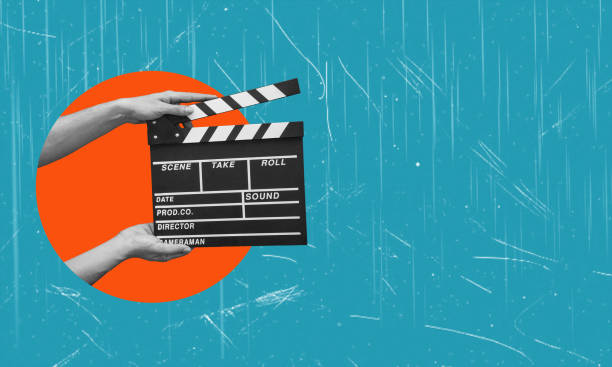Working methods have evolved greatly in almost every sector, and the filmmaking industry is no exception. Working remotely has become very popular nowadays, and video editing is no longer confined to traditional studio settings. For many sectors, including IT and software houses, it is favourable to work remotely. But is remote video editing the right approach for everyone?
If you are already using remote video editing or are planning to, this post is for you. We will shed some light on the pros and cons of remote video editing in the world of modern filmmaking. Let’s investigate its potential challenges alongside its increased flexibility and cost-effectiveness! After going through its benefits and restrictions, you will have a better understanding of remote video editing.
Pros of Remote Video Editing
There is no doubt that remote video editing has opened a completely new world of possibilities for both editors and filmmakers. Let’s first explore some benefits of remote video editing, which can help unlock new possibilities and take your projects to the next level:
Opportunity to draw from a Global Talent Pool
Another benefit of remote video editing is that one can hire talent from anywhere in the world. This opens you up to more options in terms of skills and experience, and you can now work with the best editor for the job, no matter where he or she is based.
Cost-Effectiveness
Remote video editing is a cost-efficient model for both filmmakers and editors. One advantage of the no-studio-mandatory approach is that filmmakers can save on the costs of renting a studio. Also, editors tend to be paid more per hour or can work freely, which can result in savings.
Improved Work-Life Balance
Remote editing gives the editors somewhat better schedule flexibility. They can work without physically going to the office, avoid long hours of traffic jams, and choose the time they want to work. This can lead to decreased levels of stress and an overall better quality work-life balance, thus increasing job satisfaction.
Enhanced Collaboration Tools
Due to the current technological development, there are many online collaborative tools that can be used by filmmakers and editors to collaborate from distant locations. These tools allow and promote communication, exchange of files and feedback in real time, thus promoting efficiency.
Globalized Filmmaking
This way of video editing facilitates collaborations on an international level as it breaks down geographical barriers. In a remote setting, filmmakers can easily partner with editors from anywhere around the world, regardless of their own location. It opens up new opportunities for creativity and global collaboration in storytelling.
Faster Turnaround Time
Since remote editors may be in different time zones, it’s possible to have a project worked on nearly 24/7. For example, an editor in Europe can work on footage during their day, and when they wrap up, another editor in the U.S. can continue the work. This can drastically reduce the overall project timeline.
Without the distractions of an office setting—like meetings, co-worker interruptions, or commuting—editors can often work more efficiently and complete tasks faster.
Cons of Remote Video Editing
Since new technologies are emerging every other day to revolutionize the world of video editing and production, it is really important to look for challenges as well. Just like other advancements, remote video editing also comes with a few challenges and considerations, which are crucial to notice. If you are well aware of any potential challenge that can come your way, you can take steps to address them beforehand. So, let’s look into a few cons of remote video editing:
Communication Challenges
The greatest disadvantage of remote video editing is that communication and cooperation can be difficult. This arrangement means that physical space and time differences make it very challenging to set up meetings, share feedback, and even be on the same page.
Technical Challenges
Remote editing can also present technical challenges, such as:
- Secure File Transfer: Remotely sharing files can occasionally raise issues of how the files can be transferred securely and effectively.
- Internet Connectivity Issues: This is because weak internet connection will cause several inconveniences such as delays in the workflow.
- Software Compatibility: One difficulty is to make sure that every member of the team is using the correct software and hardware which is harmonious.
Creative Collaboration
It is also challenging to establish a good creative relationship and have creative control while working remotely. There has to be a way of making sure that the people you are working with agree with the ideas you are implementing.
Security Concerns
As with any type of shooting, the safety of data is important when shooting with sensitive film stock. One of the main precautions that must be taken for editing that is done remotely is making sure files are transferred securely and are in a safe place.
The Bottom Line
Well, remote video editing offers a lot of possibilities and opportunities to editors and the video-making world, alongside little challenges. But the benefits it offers often outweigh the drawbacks it comes with. We hope that going through the pros and cons in detail has given you a clear picture of whether you want video editing to be remote or not. Choose secure software and safe sites with strong security measures to safeguard your edited files. So, are you ready to collaborate with talented individuals in the world regardless of your location? Shift to remove the video editing option.








